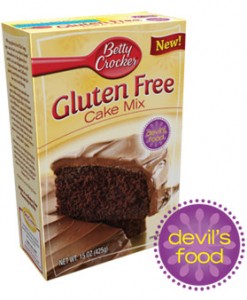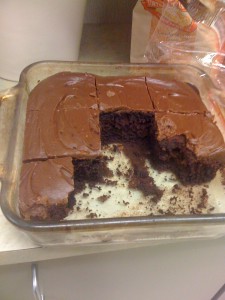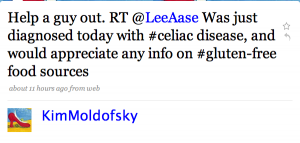When I was first diagnosed with celiac disease in March 2009, it was easy to focus on the sense of loss, that never again could I have foods containing wheat, barley or rye because of the presence of gluten.
No sourdough bread. No quick and easy fast-food burgers and fries.
And especially no croissants.
That’s one that still stings a bit to this day. I didn’t eat them often, but I love croissants. And there’s just no way to engineer a light and fluffy croissant without gluten to hold it together.
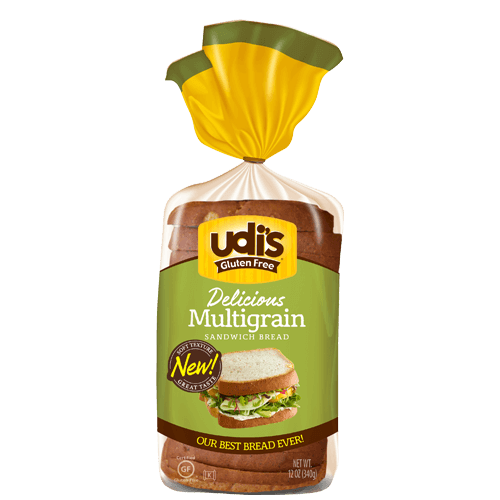
Switching quickly to glass-half-full mode, however, I soon began to emphasize the things I could eat, like steak and baked potatoes with sour cream. And it wasn’t too long until some more edible gluten-free breads became available, including the Udi’s line of hamburger buns, bagels
Those foods, combined with my newly restored villi increasing their absorption in my small intestine, led to me gaining more than 40 lbs.
In the last three years, I’ve become convinced that excessive carbohydrates were a major cause of weight gain for me and likely are for our society as a whole. So in addition to experimenting with intermittent fasting and time-restricted feeding, I’ve cut out sugar and have significantly curtailed carbs, particularly the highly processed ones.
In many ways, my celiac disease experience made the transition easier. It put me on a path where “anything goes” eating wasn’t an option. Lots of breads, pancakes and pasta meals were already off limits.
My original thankfulness for the celiac disease diagnosis was more related to what it wasn’t: my iron deficiency anemia could very well have been a sign of colorectal cancer. Indeed, for a high school classmate and good friend who also had anemia, it was due to somewhat advanced colorectal cancer.
I recognize that some of the dietary changes I have been and will be describing in this series may seem extreme. I also understand that’s even more so for those who haven’t had to deal with medically prescribed dietary restrictions.
So today I can say I’m totally thankful for my blessing of celiac disease. It jolted me out of the “anything goes” approach to what I eat, which was part of my journey to a low-carb lifestyle that’s delicious and healthy.
I’m at a retreat for work this morning where breakfast is being served, and while bacon and eggs would have been a plus, it’s amazing how satisfying nuts and berries can be. It’s a little higher in carbs than I would ordinarily eat, but the fiber in the whole fruit is a plus.
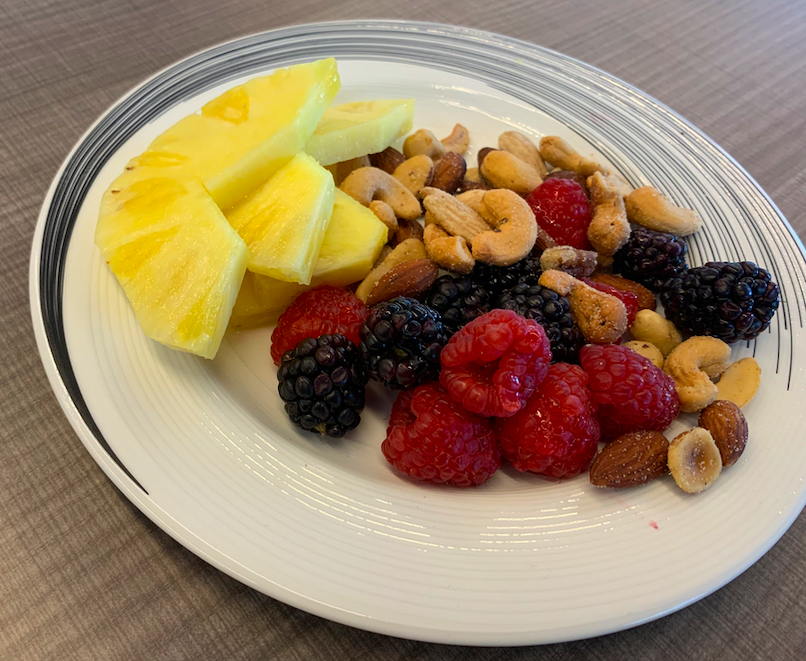
See previous posts on My Health Journey, and to get future posts follow on Facebook, Twitter or LinkedIn.
